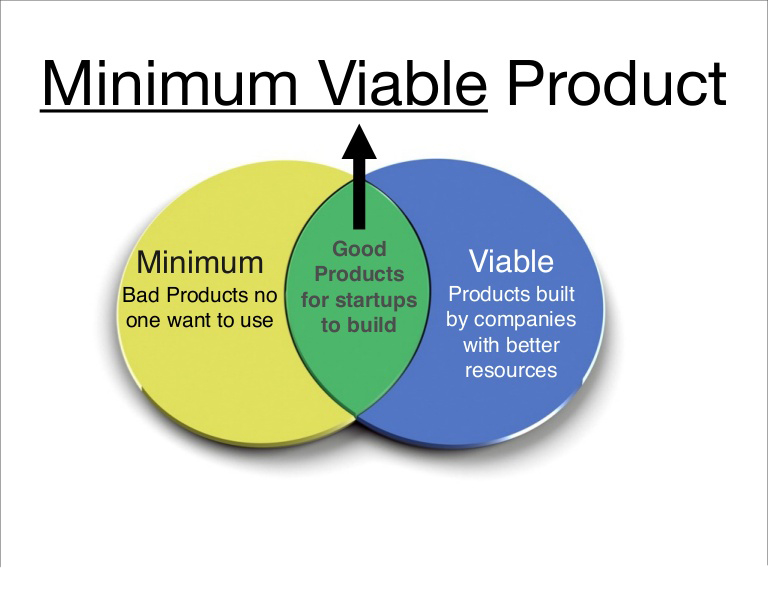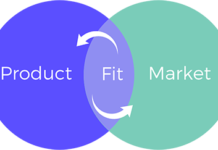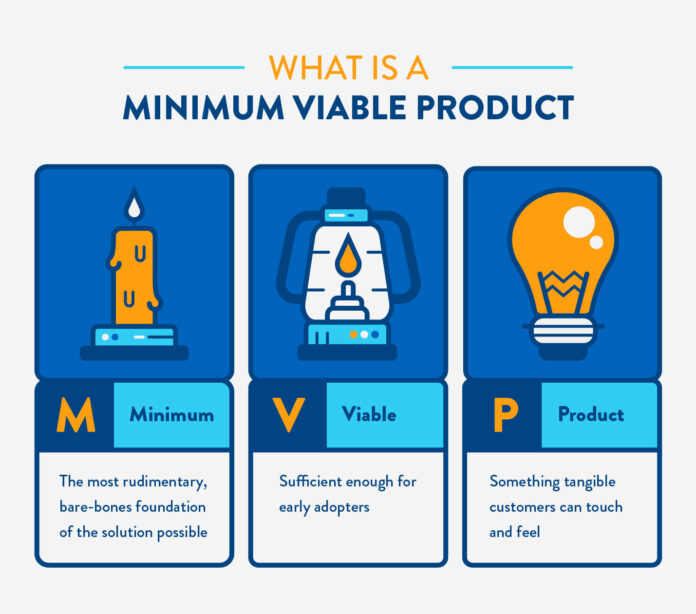A Minimum Viable Product (MVP) is not a product startups can decide to launch; rather, the market tells you when you’ve reached your MVP. This is the most common problem when it comes to terminology, because entrepreneurs as well as investors are often talking about ‘launching or creating a MVP’, which is simply wrong. MVP is the stage of product development entrepreneurs could get to through the build-measure-learn cycle of the Lean Startup Methodology. In contrast to a prototype, a MVP needs to be a viable product or service to customers, so must include enough to get people using it and extracting value from it.
NEXT PHASE – Product/Market Fit

A minimum viable product is a version of a product with just enough features to be usable by early customers who can then provide feedback for future product development. A focus on releasing an MVP means that developers potentially avoid lengthy and unnecessary work.
Instead, they iterate on working versions and respond to feedback, challenging and validating assumptions about a product’s requirements. It may also involve carrying out market analysis beforehand. The MVP is analogous to experimentation in the scientific method applied in the context of validating business hypotheses, it is utilized so that prospective entrepreneurs would know whether a given business idea would actually be viable and profitable by testing the assumptions behind a product or business idea. The concept can be used to validate a market need for a product and for incremental developments of an existing product. As it tests a potential business model to customers to see how the market would react, it is especially useful for new/startup companies who are more concerned with finding out where potential business opportunities exist rather than executing a prefabricated, isolated business model.




























